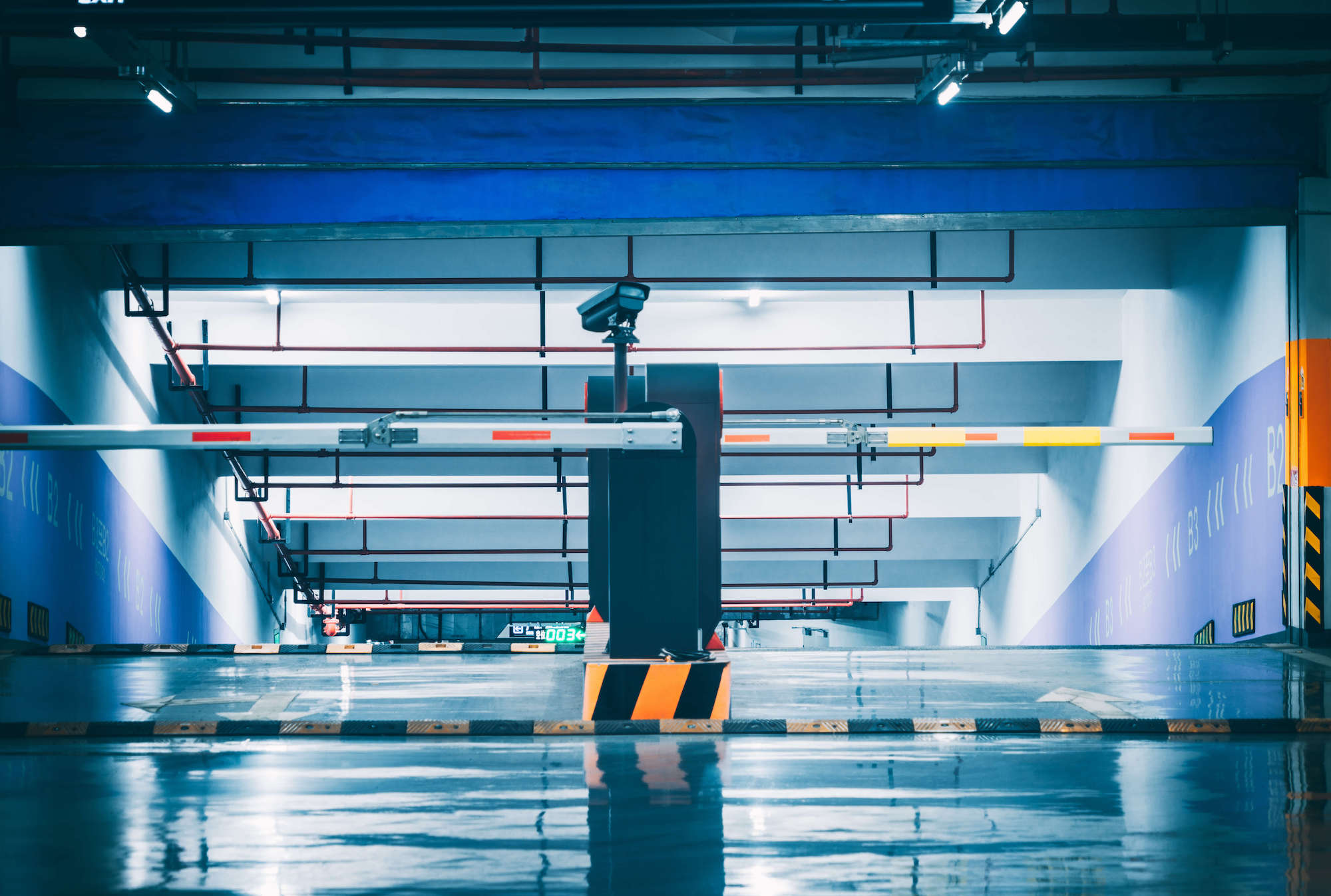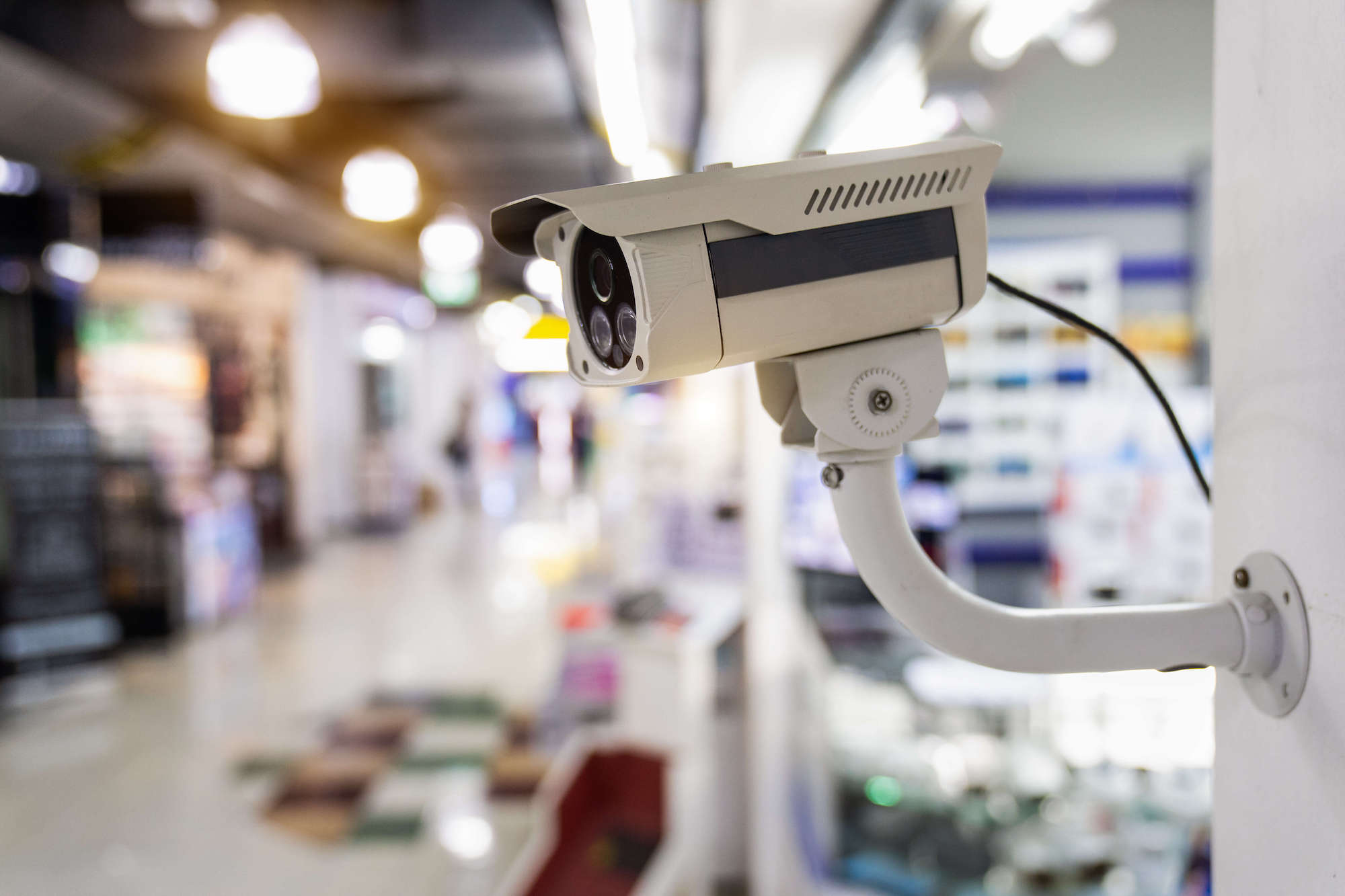Smarter, Safer Malls Made Easy with IoT
Managing mall security can be a challenge, especially juggling the costs involved while maintaining a good customer experience.
Securing inventory, for instance, is a continual challenge in retail.
Inventory shrinkage is not to be taken lightly. In the US alone, it costs the retail industry over US$45 billion each year. Organised retail crime (ORC), fraud, internal theft, and shoplifting together can have a crippling effect on profit margins.
Securing certain areas and making sure only authorised personnel are allowed access is another challenge that often takes up expense where staffing is concerned.
Rather than rely on extra manpower, Internet of Things (IoT) solutions could prove an alternative.
Smarter, invisible monitoring
Where would IoT fit into retail operations? It would help cover areas where existing solutions have limitations. For instance, solving the problem of camera blind spots, where CCTV cannot adequately cover all areas.
CCTV as a monitoring solution still has its place, but with IoT, inventory can be tracked with sensors placed in smart tags as well as other technologies such as geofencing and beacons. These solutions can work not just to help monitor inventory levels but also assist in theft prevention.
Geofencing, for instance, creates a virtual perimeter, where, if there is an attempt to take out merchandise from the designated area, it will be detected and flagged to the requisite personnel. Beacons are used to provide tracking within a given range, usually up to 100 metres. Using these technologies in tandem will help track inventory as well as become an added measure of security.
Besides managing inventory, smarter technology such as face recognition can lessen the need for additional security personnel. Smarter tech could also lessen the hassle for entry and be far more secure than alternatives such as ID cards that could be stolen, lost or duplicated.
IoT can also be used outside retail storefronts, for instance in parking lots where it can be difficult for security personnel to cover large areas in a short time. Centralised monitoring can be used to supervise various areas inside or outside a mall, lessening the need for additional guards.
Shop assistants can also be more focused on serving customers, with less of a need to fill security roles. This is a better utilisation of their time and one that would directly impact sales numbers.
IoT sensors can also be connected to existing point of sale (POS) systems, integrating both the front-end and back-end portions of retail, thus helping reduce cost and maximising efficiency.
For instance, from the POS terminal, real-time updates of current stock could be obtained, and levels of inventory updated at a faster rate, with greater accuracy. Rather than employees needing to check stock manually, they could immediately see if an item was available and its exact location.
These little changes would assist not just in inventory tracking but improve customer satisfaction as well.
Improving customer experience
Customers are the lifeblood of retail and IoT solutions can improve the customer experience.
The presence of overbearing security or staff often discourages visitors from either entering stores or returning to outlets that allow security concerns to override any customer discomfort.
IoT sensors, coupled with smart cameras, will lessen the need for excessive customer monitoring. Customers can be less hesitant about examining goods or having hands-on sessions with samples. The longer customers stay in a store, the higher the chances of them making a purchase.
While certain stores such as goldsmiths will always need the presence of dedicated security, having these additional IoT security measures will add peace of mind.
With pickpocketing being a common problem in malls, mall operators could also track the movement of offenders more easily, with sensors helping cover CCTV blind spots. Plus, creating a safe experience walking to and from the car park would itself be a big win for customer experience.

Connected sensors and cameras would allow security to be dispatched as quickly as possible and allow the necessary authorities to be alerted if needed.
Multi-faceted ROI
What these use cases demonstrate is how versatile IoT can be in the retail environment. CCTV can be used to collect useful data in tandem with IoT sensors besides functioning as security monitors.
As far as cybersecurity is concerned, IoT solutions such as NB-IoT provide strong security while requiring low bandwidth, thus ensuring secure connectivity without incurring too much expense. This is an important consideration in a climate where cybercrime is a risk.
Integration with other functions will also make the most out of your investments into the system, without spending excessively on just one aspect of retail. This way, businesses can maximise their IT investment, helping address risks, while keeping costs manageable.






